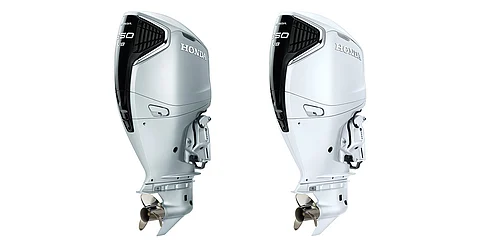
- NEWS
- the EDIT
- COMMENTARY
- BUSINESS
- LIFE
- SHOW
- ACTION
- GLOBAL GOALS
- SNAPS
- DYARYO TIRADA
- MORE

Marine transport engine manufacturer Honda Marine treats the Philippines as one of its biggest markets when it comes to producing the Honda BF350, particularly targeting the Philippine coast Guard and the Philippine Navy for its patrol of the contested waters in the West Philippine Sea.
At the launch of the Honda BF350 in Manila on Wednesday, Honda Philippine Inc. (HPI) and Filipino marine solutions provider Propmech Corp., HPI president Sayaka Arai said the seacraft engine is best suited in the Philippine geographical location being an archipelagic country.
Propmech director Glenn Tong said the type of engine is also best suited for government water asset needs, especially in patrolling within the Philippine waters.
“You have 20 percent more (efficiency in) distance, time, and operations, which is very useful in the Philippines’ case because sometimes we have to go quite far,” Tong said, adding that BF350 runs quietly.
“Its features are best for patrolling activities of the Philippine Navy and the Philippine Coast Guard,” he added.
Honda Marine released and sold more than 1,000 units of BF350 last year after its launch in Japan, North America, Europe and the Middle East.
Propmech, on the other hand, has supplied over 1,500 boats to the government, stating “a proven track record of building vessels that stand the test of time.”
Furthermore, Tong revealed that Propmech remains keen on getting government contracts under the Horizon 3 of the Armed Forces of the Philippines Modernization Program, along with the marine transport projects of the Department of Transportation.
Arai said HPI is eyeing to initially sell 100 units of the BF350 in the Philippines.
Aside from the planned selling of the Japanese company of its watercraft engine, the Philippines, on the other hand, will continue enjoying foreign aid from the United States following the pronouncement of Philippine Ambassador to the US Jose Manuel Romualdez that the Trump administration has exempted the $336-million assistance for the modernization of Philippine security forces from its foreign aid freeze.
Romualdez said the amount is part of $500 million foreign military financing greenlighted by the US Congress last year or during the administration of Joe Biden.
